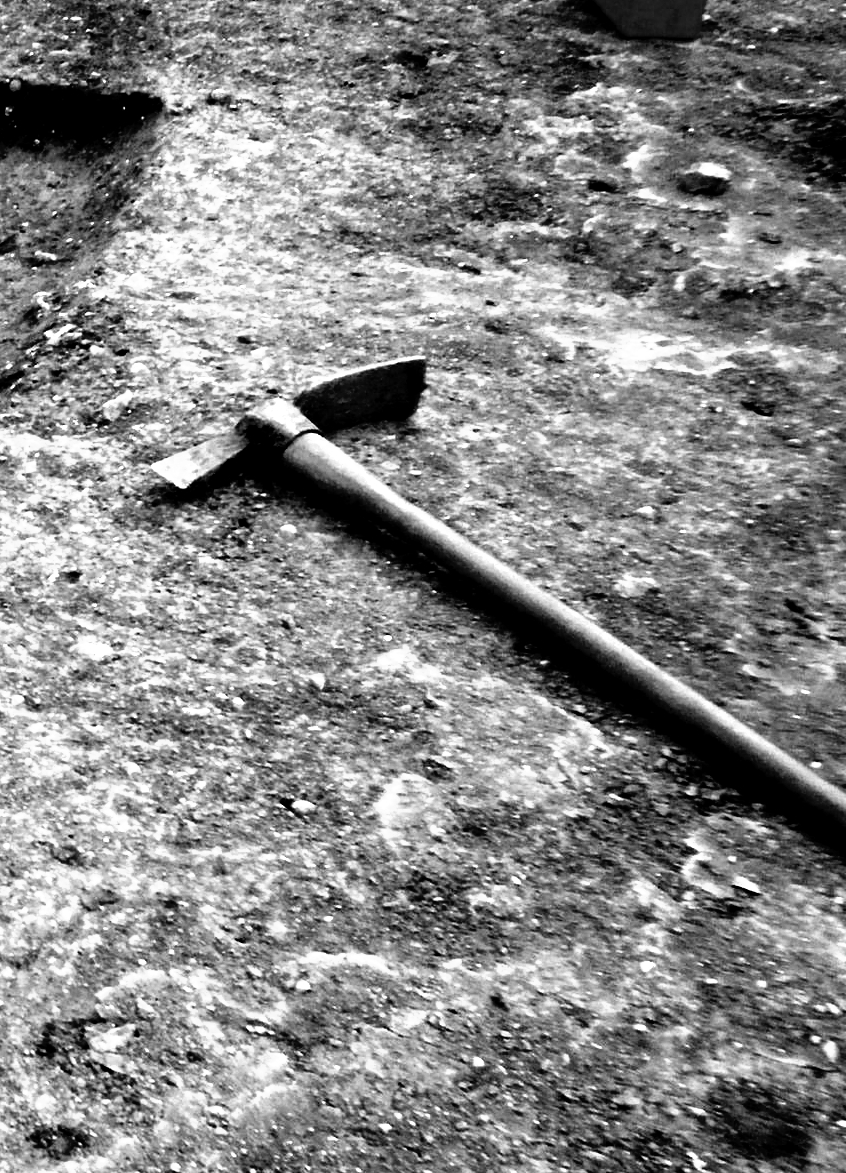Key fossil uncovered
 Queensland scientists have discovered a fossil described as the Rosetta Stone of marine palaeontology.
Queensland scientists have discovered a fossil described as the Rosetta Stone of marine palaeontology.
Queensland Museum Network palaeontologists have excavated Australia’s first head and associated body of a 100-million-year-old long-necked marine reptile.
It was discovered by a Western Queensland station owner Cassandra, who, alongside two friends, Sally and Cynthia, form a fossil hunting trio called the ‘Rock Chicks’.
Museum palaeontologists recently travelled to the remote site to collect the fossil of the elasmosaur, which is a plesiosaur that co-existed with dinosaurs.
Queensland Museum Network Senior Scientist and Curator of Palaeontology, Dr Espen Knutsen, says this would be the first known head and body of an Australian elasmosaur to be held in a museum collection.
“We were extremely excited when we saw this fossil – it is like the Rosetta Stone of marine palaeontology as it may hold the key to unravelling the diversity and evolution of long-necked plesiosaurs in Cretaceous Australia,” Dr Knutsen said.
“We have never found a body and a head together and this could hold the key to future research in this field.
“Because these plesiosaurs were two-thirds neck, often the head would be separated from the body after death, which makes it very hard to find a fossil preserving both together, so we are using CT scanning to give us an insight into these magnificent animals.”
During the early Cretaceous period (between 145.5 and 65.5 mya), much of Queensland was covered in a vast, shallow sea (the Eromanga Sea) and fossil remains of the ocean’s inhabitants, including marine reptiles, such as plesiosaurs and ichthyosaurs are commonly found across the state.
This new fossil find could hold the key to unlocking the mystery around Australian plesiosaurs.
Along with the new skeleton, there were also several plesiosaurs and ichthyosaurs discovered and collected on the field trip, which will be transported to Townsville for preparation and further research.
Each year, the Rock Chicks – Cassandra, Sally and Cynthia, meet to search for fossils on the property and during this time have walked hundreds of kilometres on their quest to uncover fossils.
During the years they have been thrilled with their finds which have included a plesiosaur each, a kronosaurus, ichthyosaur and several fish and turtles.
Cassandra says they are looking forward to their 2023 hunt and they have a motto of “let’s keep the paleos busy”.
“There are so many people who have helped get these amazing fossils to Queensland Museum including our friends, Tom and Sharon who helped us start digging two of the plesiosaurs,” she said.
“And we wouldn’t have been able to do this without the help of our little minions Bill, Mark, Remi, Pip, Gwen and Gordon.”







 Print
Print